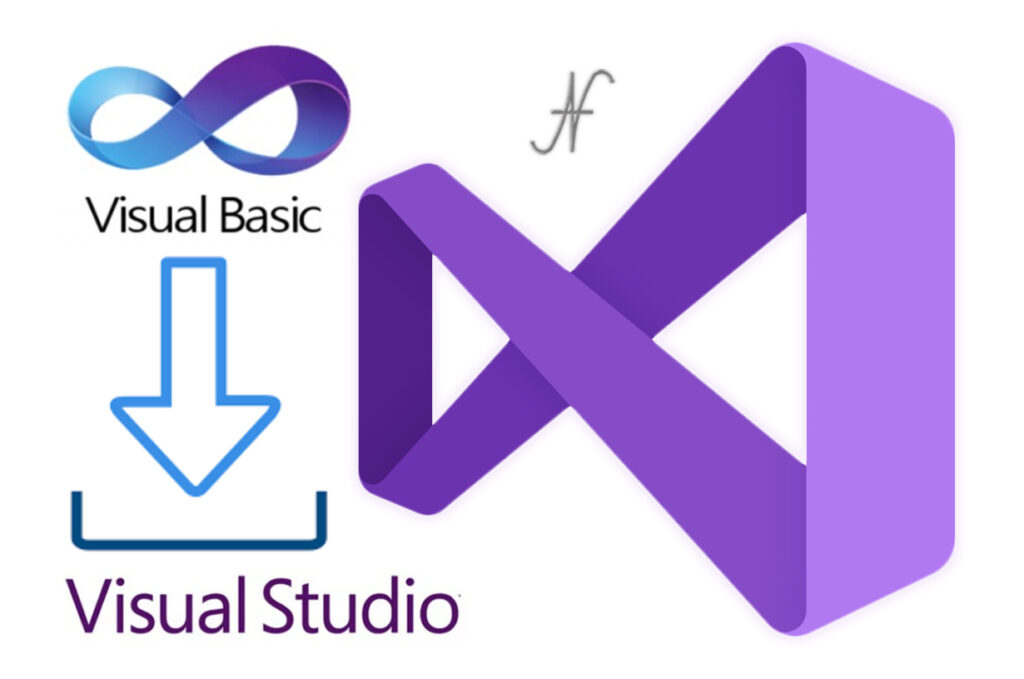
Free eBooks for Beginners
As a beginner in Visual Basic .NET, it’s important to understand the concept of LINQ (Language Integrated Query). LINQ is a feature in the .NET Framework that allows you to perform queries on collections of data, such as lists and arrays, using a syntax that is similar to SQL. This means that you can use LINQ to filter, sort, and transform data in a way that is similar to how you would perform these tasks in a database.
LINQ is a powerful feature that can be used for a variety of tasks, such as querying collections of data, performing calculations on data, and even working with XML and JSON data.
One of the most common use cases for LINQ is to query collections of data. You can use LINQ to filter, sort, and transform data in a way that is similar to how you would perform these tasks in a database. This can be useful when you want to retrieve specific data from a collection, or when you want to perform calculations on data.
Another use case for LINQ is to work with XML and JSON data. You can use LINQ to query and transform XML and JSON data in a way that is similar to how you would perform these tasks in a database. This can be useful when you want to retrieve specific data from an XML or JSON file, or when you want to perform calculations on data.
It’s also important to note that LINQ can be used in combination with other features in the .NET Framework, such as reflection and Lambda expressions. This makes it a versatile and powerful tool that can be used for a wide range of tasks.
LINQ is also a performance efficient tool, it perform operations on data in memory that makes it faster than performing the same operations on a database.
In conclusion, LINQ (Language Integrated Query) is a powerful feature in Visual Basic .NET that allows you to perform queries on collections of data, such as lists and arrays, using a syntax that is similar to SQL. It can be used for a variety of tasks, such as querying collections of data, performing calculations on data, and even working with XML and JSON data. It’s a performance efficient tool and can be used in combination with other features in the .NET Framework, such as reflection and Lambda expressions, making it a versatile and powerful tool that can be used for a wide range of tasks.
Cookbook – VisualBasic.NET for Beginners – Chapter 36 : LINQ
 Loading...
Loading...
Disclaimer: The information and code presented within this recipe/tutorial is only for educational and coaching purposes for beginners and developers. Anyone can practice and apply the recipe/tutorial presented here, but the reader is taking full responsibility for his/her actions. The author (content curator) of this recipe (code / program) has made every effort to ensure the accuracy of the information was correct at time of publication. The author (content curator) does not assume and hereby disclaims any liability to any party for any loss, damage, or disruption caused by errors or omissions, whether such errors or omissions result from accident, negligence, or any other cause. The information presented here could also be found in public knowledge domains.
Learn by Coding: v-Tutorials on Applied Machine Learning and Data Science for Beginners